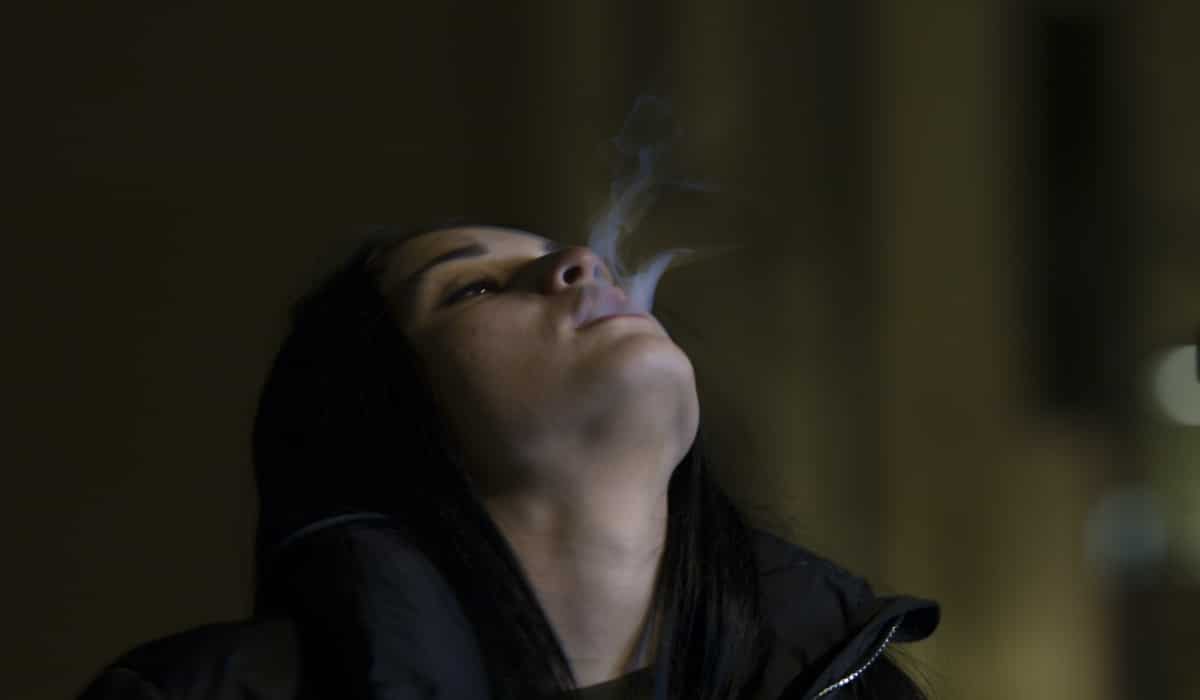Table of Contents
Maria Sakkari was winning her match at the U.S. Open when she first noticed the smell of marijuana. It was wafting over from the adjacent park in Queens, New York. The top-seeded player from Greece reported it to the chair umpire during a changeover but would go on to lose the match, an article in The Associated Press reported.
Sakkari was not alone in expressing her concern about the bothersome smell and that it could compromise her performance. Other players have complained before on similar grounds or because they have asthma.
That begs the question: Just how benign is the smell of marijuana smoke? If health and safety concerns have validity, what exactly are the negative effects of secondhand smoke? Answers to these questions suggest that secondhand smoke is an underestimated public health problem, one that cities must reckon with the more popular marijuana becomes.
Increasing Weed Consumption in Cities
Weed consumption (and, with it, secondhand smoke) is up everywhere but is most prevalent and most on the rise in urban areas. This trend will probably only accelerate, now that U.S. health officials are moving to relax restrictions on marijuana. Also, changing the drug’s classification from Schedule III to Schedule I. As public attitudes have turned in favor of legalizing marijuana, a whole cannabis industry has sprung up to support its use for a range of health issues.
Public Misperceptions of the Dangers of Marijuana Smoke
Meanwhile, though, there seems to be little awareness of the first- and second-hand health dangers of marijuana smoke. That is the finding of researchers at UC San Francisco who have been studying public attitudes toward cannabis and marijuana smoke. They interviewed more than 5000 adults in the U.S., asking them for their view on the health impact of smoking cannabis daily versus smoking tobacco daily. What the researchers found was that more than 40 percent of respondents believed smoking marijuana every day was safer than smoking tobacco.
First- and Second-Hand Dangers of Smoking Cannabis
Such views are misled. There are very real first- and second-hand health dangers associated with smoking cannabis. A bulletin from UCLA Health, “Health Effects of Secondhand Cannabis Smoke,” lists the following health and safety risks:
- lung irritation, respiratory infections, and asthma attacks from the particulates in the smoke
- cancer from many of the same carcinogens that are in cigarette smoke
- blocked arteries, heart attack, and stroke, due to prolonged dilation of blood vessels and decreased blood pressure (an even longer period than that induced by secondhand tobacco smoke)
- risks of getting high, from slightly high to very high depending on the ventilation in the room
- uncomfortable side effects, such as anxiety or paranoia, burning, itching eyes, fatigue, nausea, restlessness, etc.
More Adverse Health Effects from Secondhand Cannabis Smoke
Studies of children living in homes where there is secondhand marijuana smoke have found the children have THC in their urine. That, researchers say, may make them susceptible to long-term developmental damage.
In some cases, secondhand marijuana smoke can be much more dangerous to one’s health than cigarette smoke. For example, research published in March 2022 found that toxic air pollutants from secondhand cannabis bong smoke. Also, toxic chemicals, carcinogens, and fine particulates—are four times worse than that from cigarettes.
Marijuana use has links to depression and, in some people with genetic risk factors, psychosis. There are also risks of developing a marijuana use disorder. Which may affect as many as one in three who use the drug, according to estimates.
More research is needed to study these risks and others as they pertain to secondhand marijuana smoke. In the meantime. It may be useful to bear in mind that secondhand marijuana smoke is as much a threat to public health as cigarette smoke and should be treated as such.
Photo by Alessandro Zambon on Unsplash


